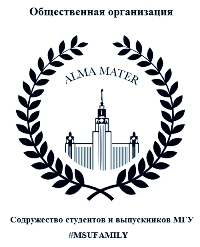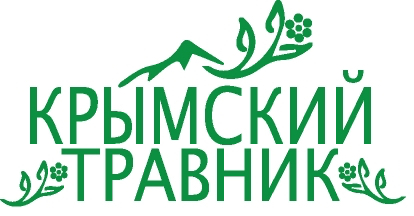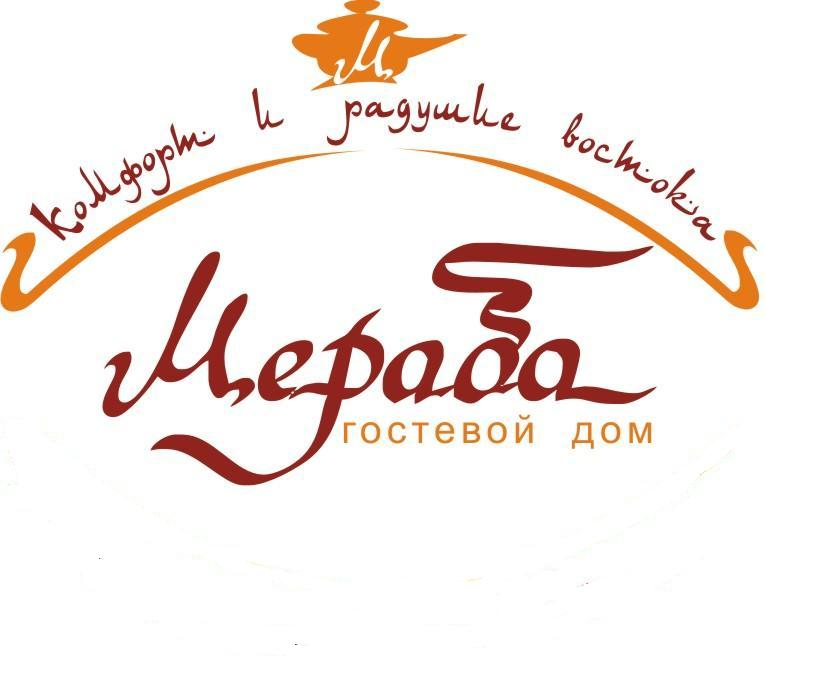МОЛОДЁЖНЫЙ ПРОЕКТ ДЛЯ ТЕХ, КТО ДЕЛАЕТ ПЕРВЫЕ ШАГИ В НАУКЕ
/components/bitrix/system.auth.form/auth_alm/images/login.gif) Войти
Войти /components/bitrix/system.auth.form/auth_alm/images/register.gif) Регистрация
Регистрация
Войти в корпоративную почту как автор/член редколлегии/рецензент журнала




Генетические связи между метеоритами, земными и лунными породами.
Маракушев А.А., Зиновьева Н.Г., Грановский Л.Б.
Генетические связи между метеоритами, земными и лунными породами
Маракушев Алексей Александрович, доктор геолого-минералогических наук, академик РАН, главный научный сотрудник Института экспериментальной минералогии РАН, почетный профессор МГУ имени М.В. Ломоносова
E-mail: belova@iem.ru
Зиновьева Нина Георгиевна, доктор геолого-минералогических наук, заведующая лаборатории локальных методов исследования вещества кафедры петрологии геологического факультета МГУ имени М.В. Ломоносова
E-mail: nzinov@mail.ru
Грановский Лев Борисович, старший научный сотрудник кафедры петрологии геологического факультета МГУ имени М.В. Ломоносова
Сравнительное исследование метеоритов, земных и лунных пород привело к новым представлениям о генезисе Земли и Луны, порожденных планетой-гигантом, сходной с Юпитером. В дальнейшем она утратила гигантскую оболочку под воздействием Солнца.
Ключевые слова: Солнечная система, планеты-гиганты, планеты земной группы, метеориты, хондриты, ахондриты.
Marakushev A.A., Zinovieva N.G., Granovsky L.B. Genetic Relations between Meteorites and Terrestrial and Lunar Rocks
Alexey A. Marakushev, Doctor of Geology and Mineralogy, Academician of Russian Academy of Sciences, Honored Professor at Lomonosov Moscow State University, Head of the Laboratory of Thermodynamics of minerals at RAS Institute of Experimental Mineralogy (Chernogolovka)
E-mail: belova@iem.ru
Nina G. Zinovieva, Doctor of Geology and Mineralogy, Head of the Laboratory of High Spatial Resolution Analytical Techniques, Petrology Chair, Geological Faculty of Lomonosov Moscow State University
E-mail: nzinov@mail.ru
Lev B. Granovsky, Senior Researcher at the Laboratory of High Spatial Resolution Analytical Techniques, Petrology Chair, Geological Faculty of Moscow State University
Comparative analysis of meteorites, terrestrial and lunar rocks led us to a new hypothesis about the origin of the Earth and Moon as produced by a giant planet similar to Jupiter. This planet has later completely lost its giant envelope under the effect of the Sun.
Our data reflect a very close genetic relationship between terrestrial and lunar rocks and meteorites because they are all links in a single process — the development of the Solar system. Planetary system rapidly revolving round slowly rotating Sun was originally represented only by the giant planets that are the only systems of generation and differentiation of primary magmatic iron-stone material. Till its formation iron-silicate material was in the protosolar nebula as cosmic dust, which then was included into the ice planeteozimals, to the accretion of which the giant planets was formed. Gravitational contraction of the giant planets was accompanied by temperature rise and melting of dust particles to form concretions of iron-silicate melts. Due to the rapid rotation therein evolved centrifugal forces opposite in direction to the gravity forces. Under its impact the iron-silicate melt unique differentiation arose.
Our chondritic model for the origin of the Earth has important genetic consequences. Separation of chondrites on chondrules and matrix is similar to stratification of Earth to silicate shells (crust, mantle) and fluid nickel-iron core. According to this analogy, we can assume that in the initial stratification of the Earth practically all ore metals are concentrated in the liquid core, due to their ferrofilic properties, while the mantle and the crust was almost sterile in this respect. The enrichment of the mantle and crust with ore metals was possible only as a result of removal of ones from the liquid Earth's core with water-hydrogen fluid flow in magmatic centers.
Keywords: Solar system, giant planets, terrestrial planets, meteorites, chondrites, achondrites.












